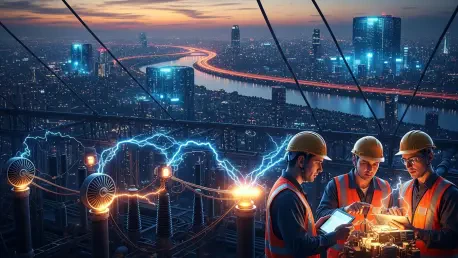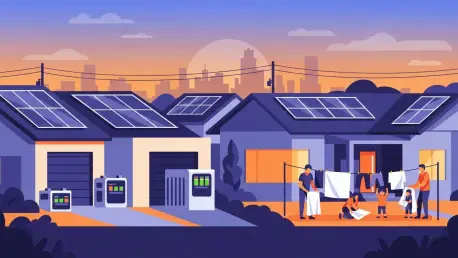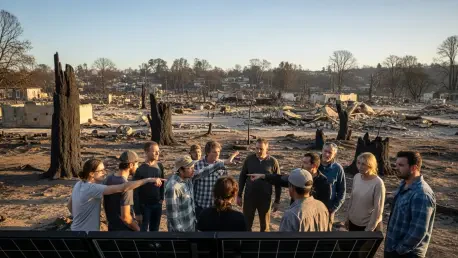
Imagine a future where the hum of technology is louder than ever, data centers are multiplying to fuel artificial intelligence, and industries are consuming power at unprecedented levels, pushing the nation’s electricity demand to skyrocket by 78% by 2050. This staggering projection, based on

Imagine a world where batteries power not just cars and gadgets but entire fleets of electric ships, futuristic flying vehicles, and sprawling energy grids that keep cities humming through the night. China, long a titan in the power battery arena, stands on the brink of turning this vision into

Imagine a sweltering summer day in Australia, where temperatures soar past 100 degrees Fahrenheit, air conditioners hum relentlessly across cities, and the energy grid teeters on the edge of collapse under the weight of unprecedented demand. This isn’t a rare scenario but a recurring challenge for

Imagine a world where the heavy rumble of cross-border trucks no longer signals a spike in carbon emissions, but instead represents a step toward a cleaner, greener future. In Southeast Asia, this vision is becoming reality as a global logistics leader takes a bold leap into sustainable

Imagine a world where every factory not only produces goods but also acts as a steward of the planet, turning waste into resources and slashing emissions without sacrificing profit. This isn’t a distant dream but a transformation already underway in the manufacturing sector, which accounts for

In the shadow of January’s catastrophic wildfires that swept through Los Angeles, claiming over 18,000 buildings and 12 lives, a battle is brewing over how to rebuild shattered communities. Survivors, weary from loss and displacement, stand at a crossroads, yearning to create safer, more